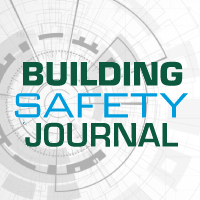
FirstLook robots assisted search and rescue operatives at Champlain Towers South collapse
![]() To help human search and rescue teams avoid the most dangerous sections of the collapsed Champlain Towers South building, “throwable robots” developed by robotics firm Teledyne FLIR joined in the search effort. The FirstLook and PackBot robots — designed to operate where it is nearly impossible for humans to go — were overnighted to the Miami-Dade Fire Department to assist in navigating the treacherous terrain.
To help human search and rescue teams avoid the most dangerous sections of the collapsed Champlain Towers South building, “throwable robots” developed by robotics firm Teledyne FLIR joined in the search effort. The FirstLook and PackBot robots — designed to operate where it is nearly impossible for humans to go — were overnighted to the Miami-Dade Fire Department to assist in navigating the treacherous terrain.
“In a collapse situation like this, the pile is structurally unsound and constantly vulnerable to shifting,” explained Tom Frost, Teledyne FLIR’s vice president of unmanned ground systems, to The Washington Post. “They can go where humans shouldn’t go. It’s much safer to have a robot crawl deeper into a void than to have a person crawling into that void.”
The FirstLook microrobots are designed to crawl through tight spaces and can be tossed onto unstable rubble or roll into crevices. They weigh about five pounds, are about the size of a brick, and are built to withstand 16-foot drops onto concrete. They look like miniature military tanks with track wheels and feature two arms to climb small obstacles and turn themselves upright when flipped over. The larger automated PackBot weighs 50 pounds and is about the size of a suitcase. It is designed to roll over rubble, navigate narrow passages and tote loads under 40 pounds with the help of a mechanical arm that also picks up and moves around objects.
Both machines are built to run semi-autonomously — some features are automated while others require a teleoperator — and feature thermal sensors, cameras and two-way radios… features that came in handy as rescuers searched through the mounds of collapsed concrete. The technology was also deployed at the World Trade Center collapse in 2001.
Sources: Interesting Engineering and The Washington Post







